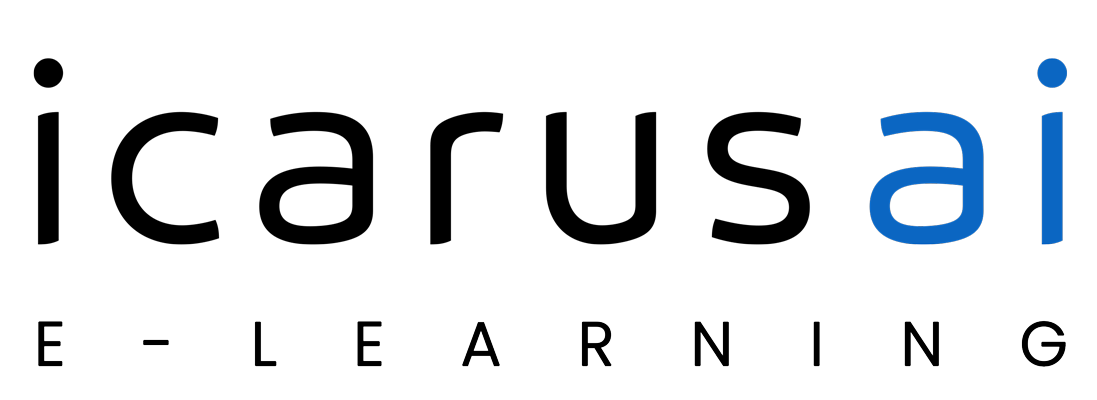Exam 2 for Bioinformatics for Biologists
Exam 2 Study Guide
There are project-based questions on Exam 2 that covers material from Units 4 through 6. There is no time limit for the exam. For the Exam, please be able to:
- Acquire DNA and protein sequences from NCBI
- Analyze sequences with the following programs:
- BLAST
- PROMALS3D
- Simple Phylogeny
- Report obtained results
Exam questions are similar to homework questions.

